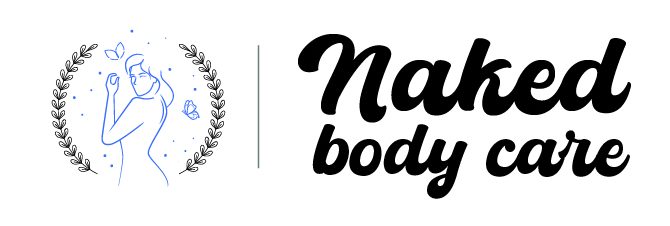Hair relaxers, touted as a solution to manage unruly curls and achieve sleek, straight hairstyles, have been a staple in the beauty industry for decades. However, beneath the allure of smooth tresses lie intricate complexities, including the chemical composition of relaxers and their potential health risks. In this exploration, we delve into the roots of hair relaxers, unravel their mechanisms, and shed light on the associated health concerns.
Understanding Hair Relaxers: Hair relaxers are chemical formulations primarily designed to alter the natural structure of curly or kinky hair, rendering it straighter and more manageable. The active ingredient in most relaxers is sodium hydroxide (lye) or calcium hydroxide, powerful alkalis that break down the protein bonds in the hair shaft. This process, known as chemical relaxing, permanently changes the hair’s texture until new growth occurs.
Mechanism of Action: When a relaxer is applied to the hair, the alkaline chemicals penetrate the cuticle and cortex, disrupting the disulfide bonds that give hair its natural shape. This allows the hair to be reshaped into a straighter form. The relaxer is then rinsed out, and a neutralizing shampoo is applied to halt the chemical reaction and restore the hair’s pH balance. Without proper neutralization, residual relaxer left in the hair can cause damage and breakage.
Roots of Cultural Significance: The use of hair relaxers is deeply rooted in cultural and societal norms, particularly among individuals with Afro-textured hair. Historically, straightening techniques have been employed as a means of conforming to Eurocentric beauty standards, perpetuating a narrative that associates straight hair with professionalism and acceptability. While attitudes towards natural hair have evolved in recent years, relaxers continue to be a prevalent choice for many seeking to achieve a specific aesthetic or conform to societal expectations.
Health Risks: Despite their widespread use, hair relaxers pose several health risks, both to the hair and the scalp, as well as potential systemic effects. The alkaline nature of relaxers can strip the hair of its natural oils, leading to dryness, brittleness, and breakage. Moreover, frequent exposure to these chemicals can irritate the scalp, causing inflammation, itching, and even chemical burns in severe cases.
Beyond localized effects, research suggests a potential link between hair relaxers and adverse health outcomes. A study published in the International Journal of Cancer found a correlation between the use of relaxers and an increased risk of breast cancer among African American women. While further research is needed to establish causation, the presence of endocrine-disrupting chemicals in relaxers raises concerns about their potential long-term health effects.
Safe Practices and Alternatives: To mitigate the risks associated with hair relaxers, adopting safe practices is essential. This includes conducting patch tests prior to application, ensuring proper ventilation during the relaxing process, and following manufacturer instructions meticulously. Additionally, incorporating regular deep conditioning treatments can help nourish and strengthen chemically treated hair.
For those seeking alternatives to traditional relaxers, several options exist. Keratin treatments, for instance, utilize proteins to temporarily smooth the hair’s cuticle, reducing frizz and enhancing manageability without permanently altering its structure. Similarly, heat styling tools such as flat irons offer a non-chemical approach to achieving straight styles, albeit with the potential for heat damage if used excessively.
Embracing Natural Beauty: In recent years, there has been a growing movement towards embracing natural hair textures and challenging conventional beauty standards. This shift is not only empowering individuals to embrace their cultural heritage but also promoting inclusivity and diversity within the beauty industry. Platforms like social media have played a pivotal role in amplifying diverse representations of beauty, inspiring others to embrace their natural hair journey.
Conclusion: Hair relaxers occupy a complex space within the realm of beauty and personal expression, offering both transformative possibilities and inherent risks. As we untangle the roots of relaxers and confront the health implications associated with their use, it becomes evident that informed decision-making and safe practices are paramount. Whether one chooses to embrace their natural hair or explore chemical treatments, prioritizing hair health and self-confidence remains paramount in navigating the intricate landscape of beauty standards and personal identity.


